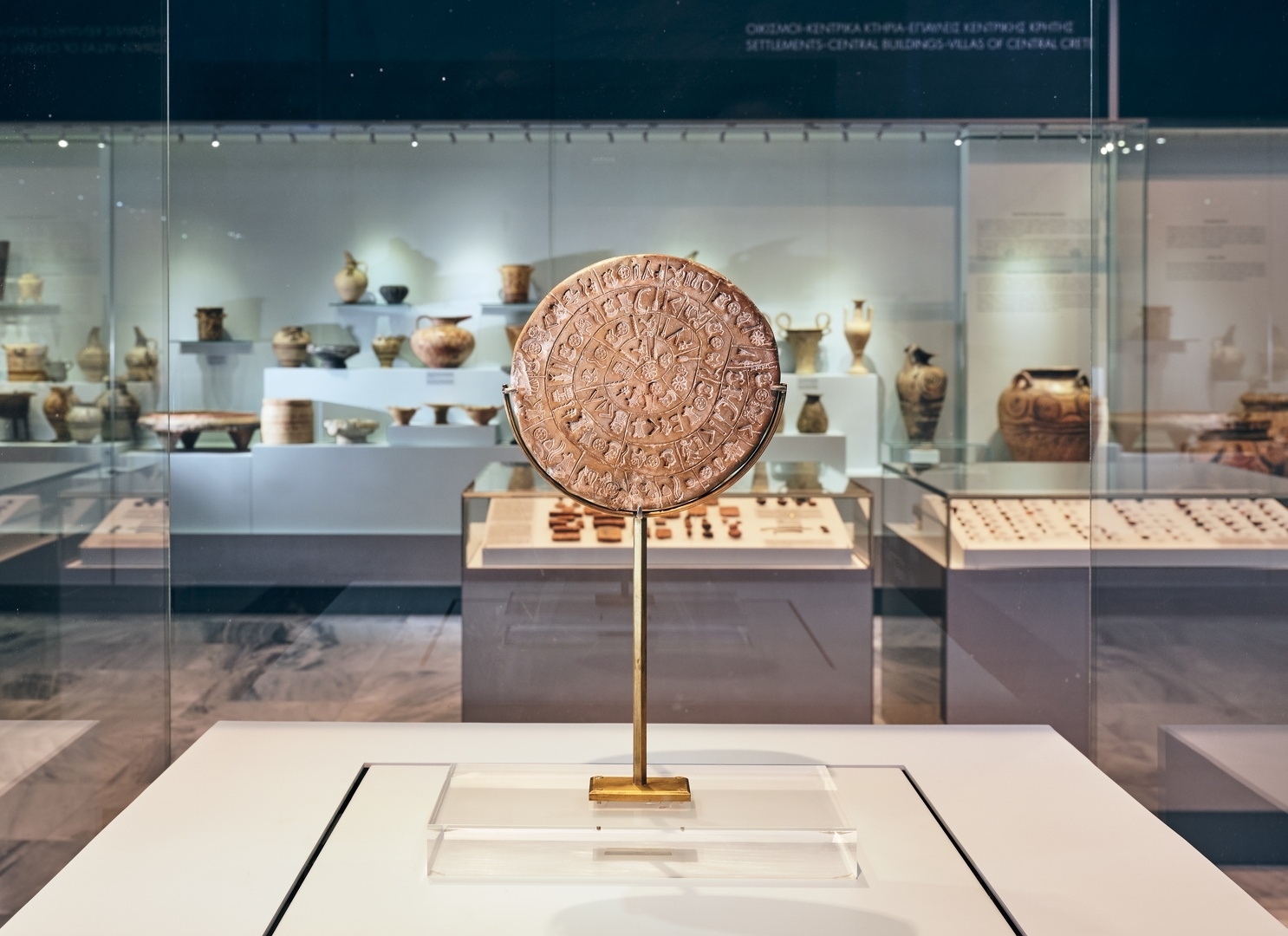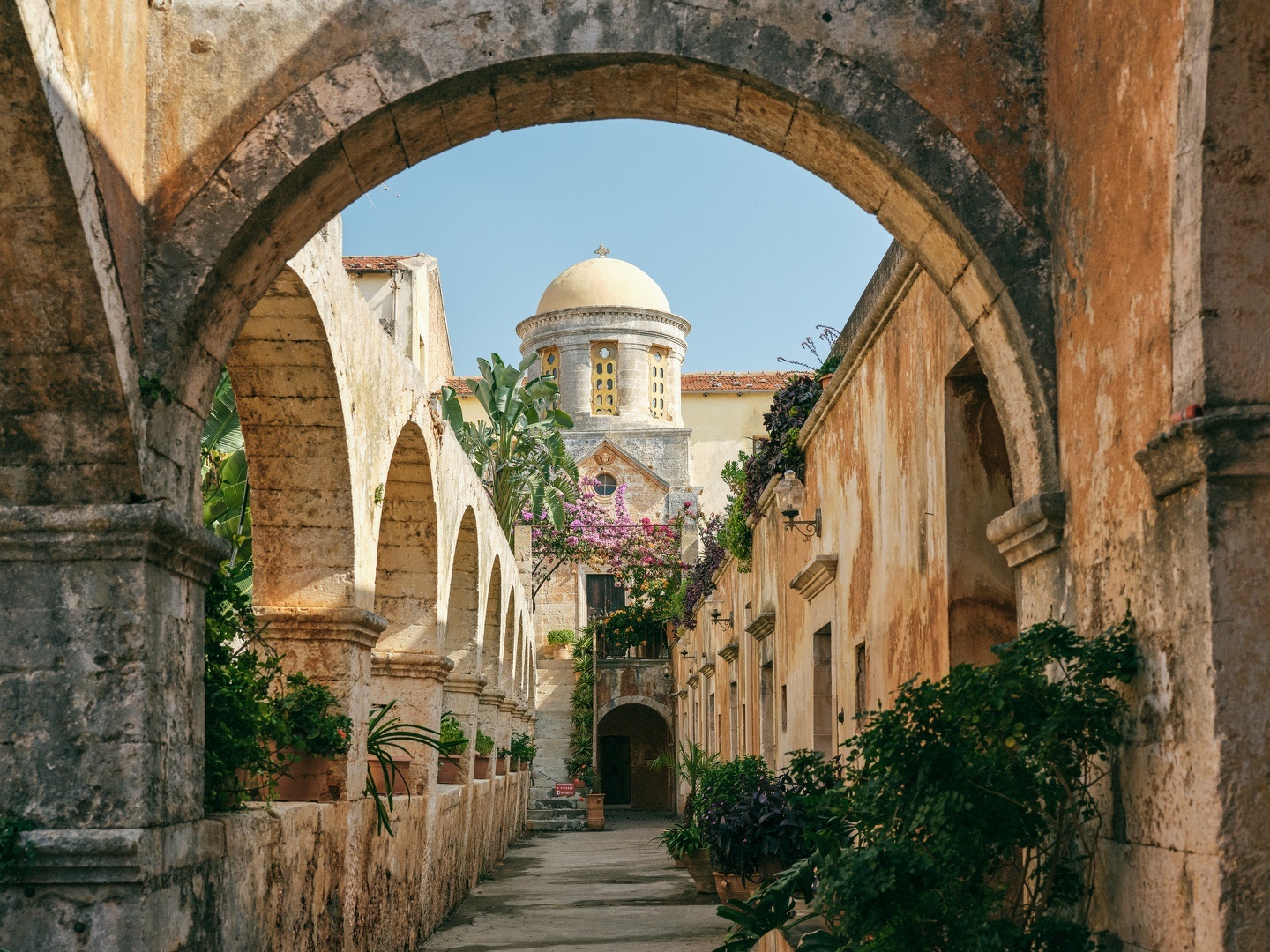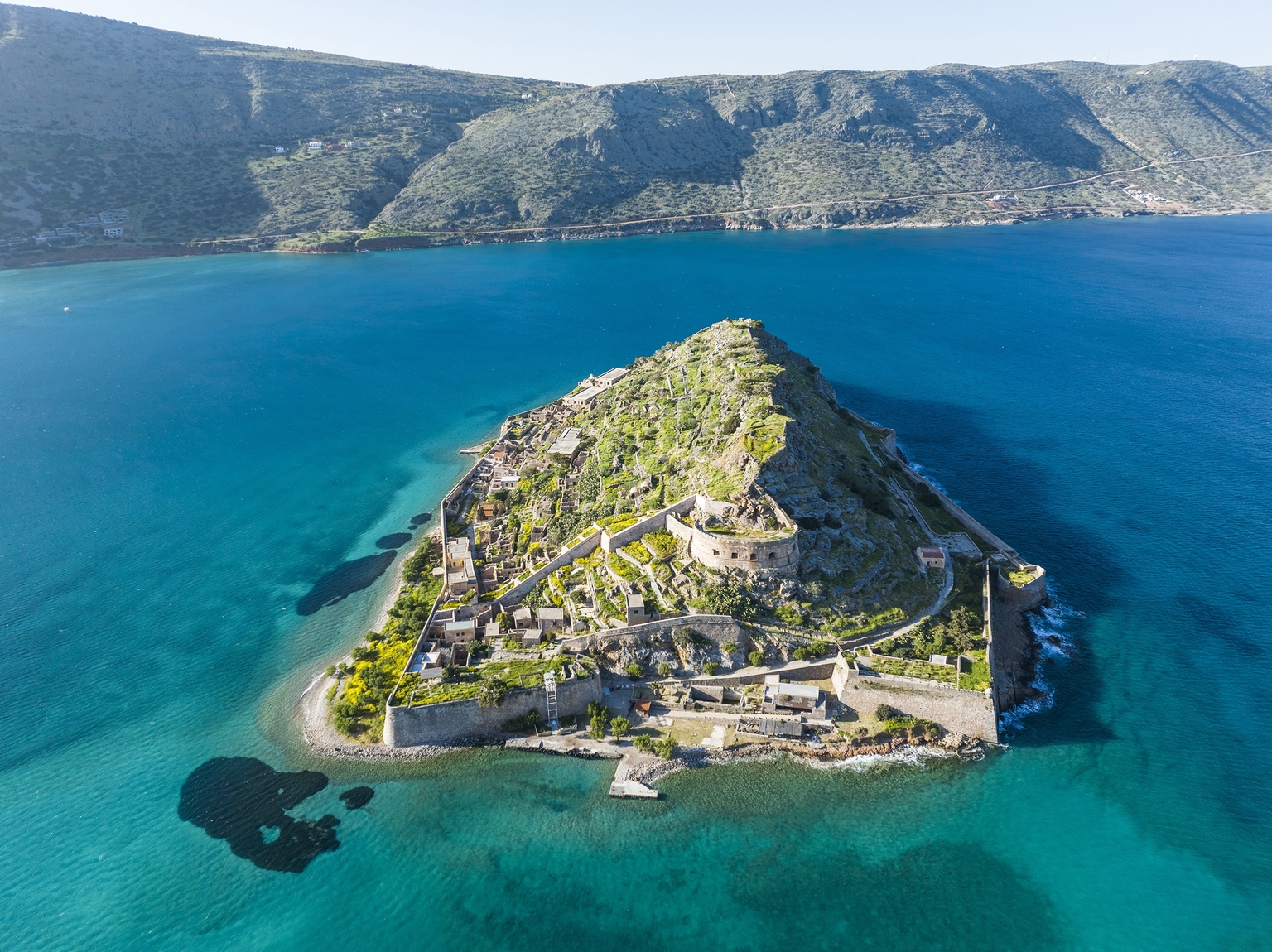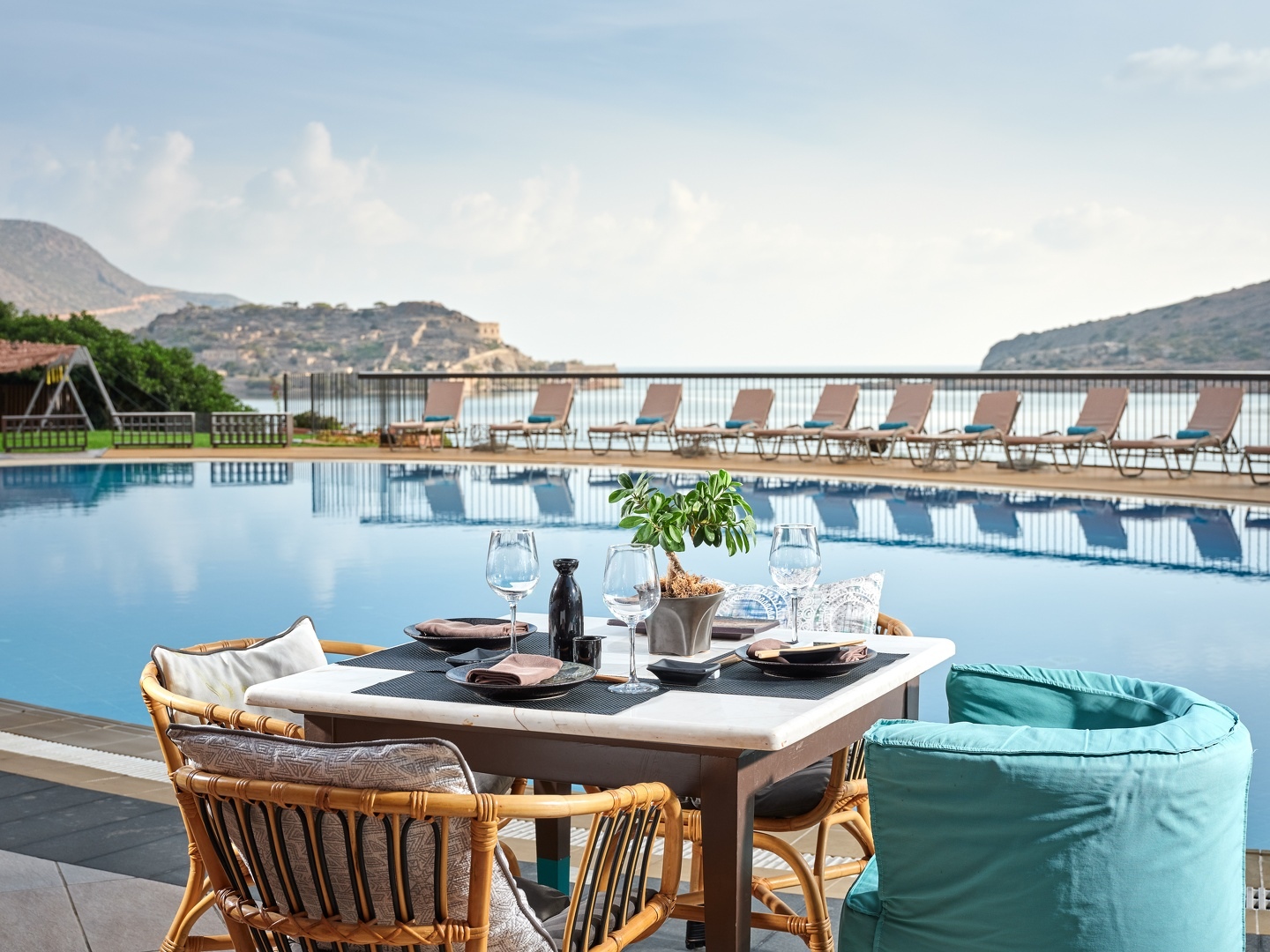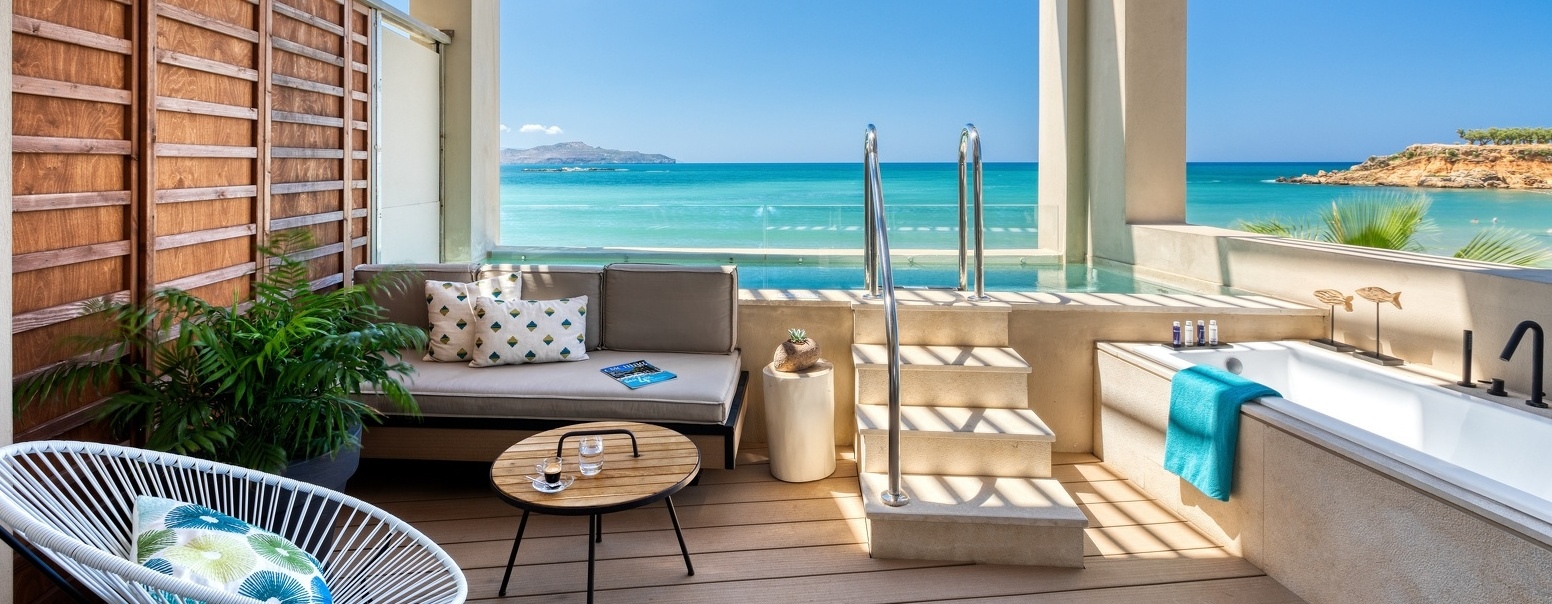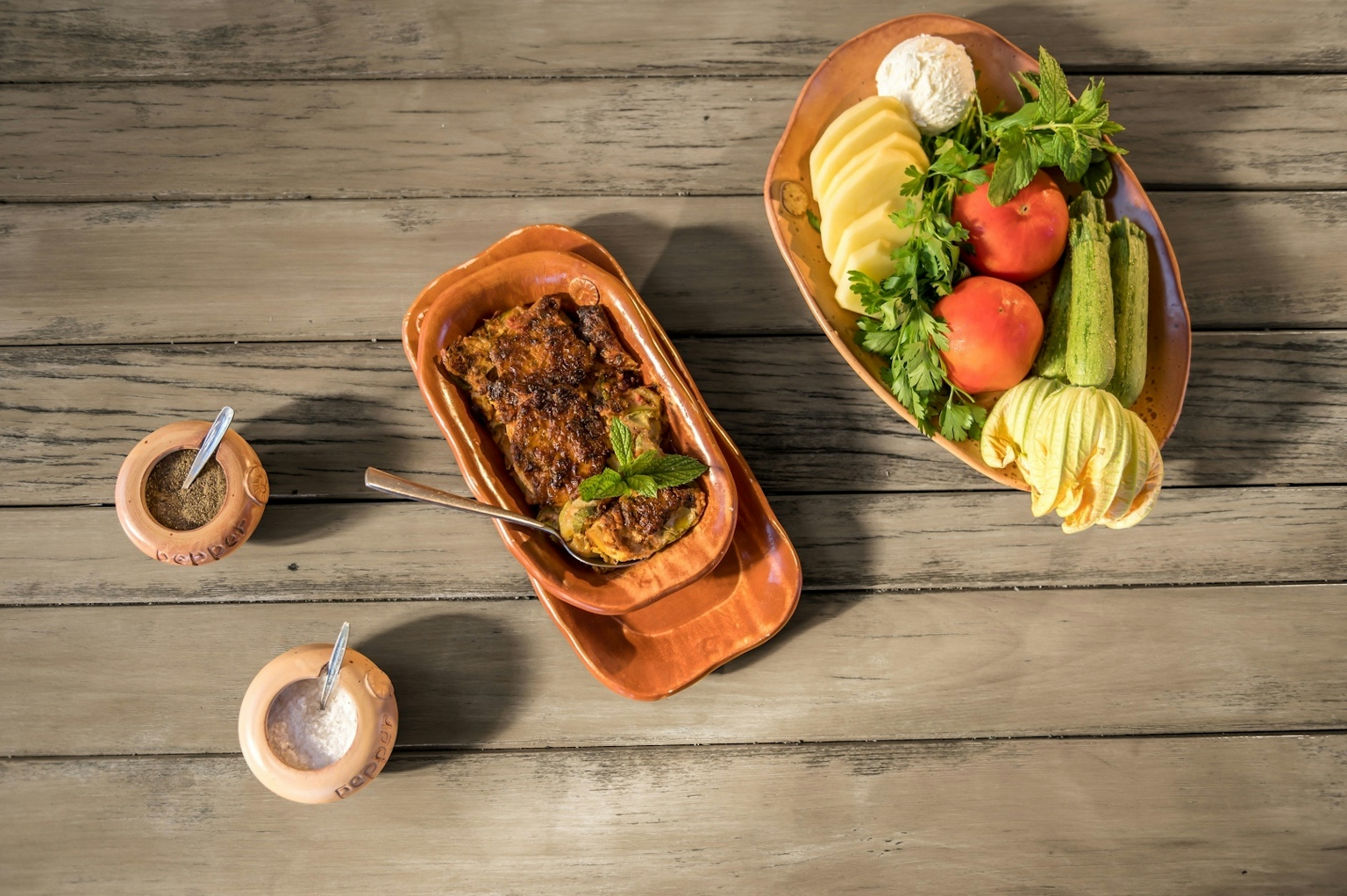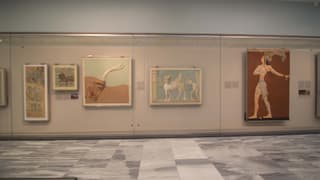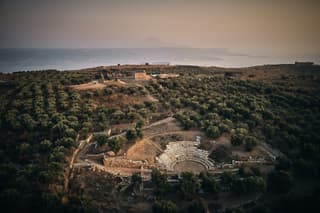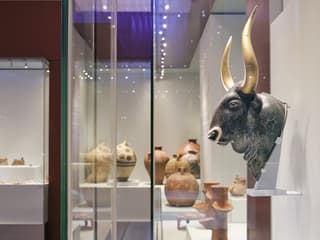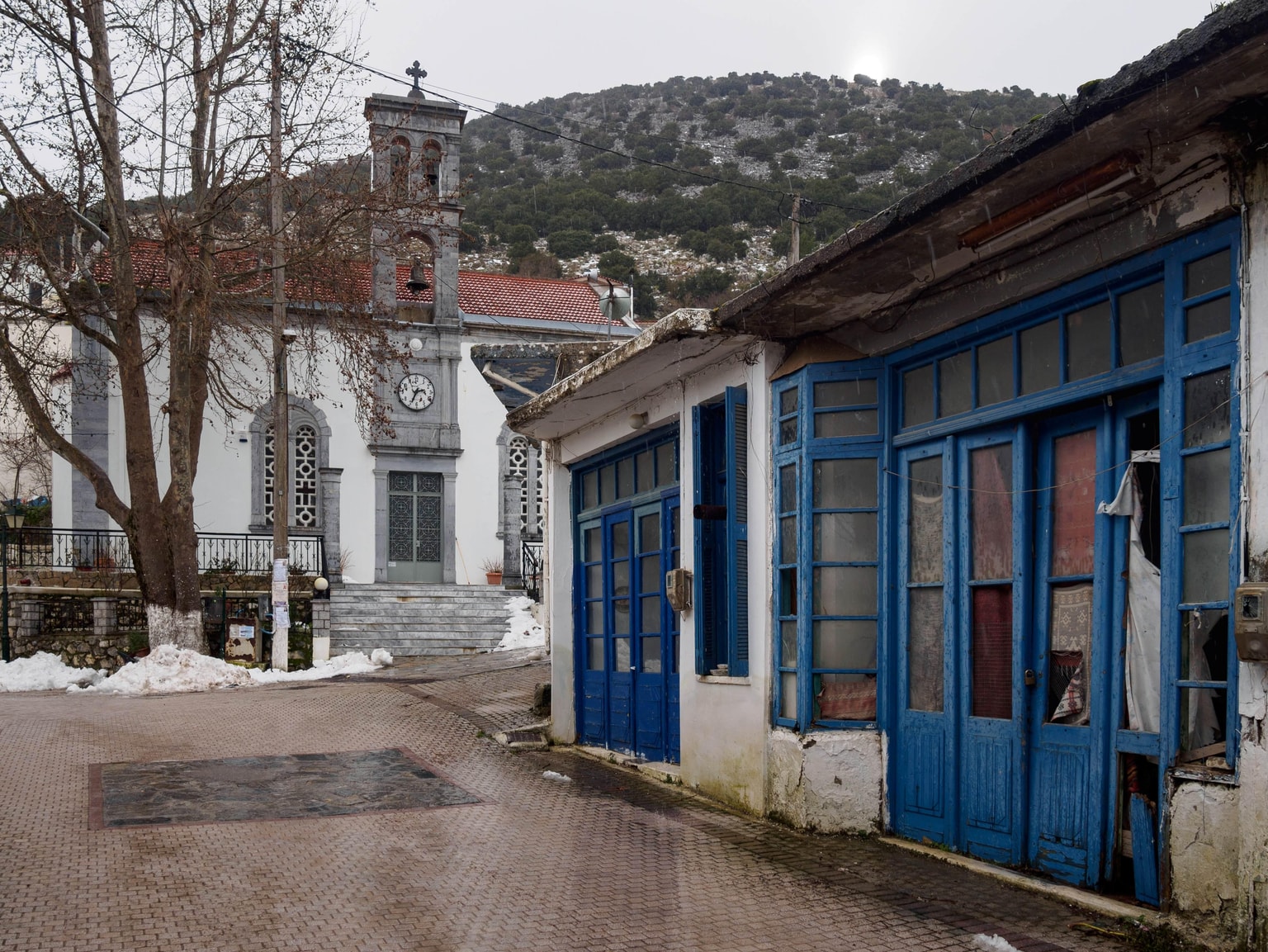Crete, the land of legends
Author Discover Crete
Culture
Culture
Latest news
- If You’re Heading to Sfakia, Try the Sfakian Pie!
- The "Nelly's - Krasaki Collection" exhibition at the Chania Municipal Art Gallery has been extended
- Kazanaria: Crete’s Essence in a Distilled Drop!
- From Meseleroi to Timios Stavros
- "Konstantinos Volanakis - Waterline": A Celebrated Exhibition Draws to a Close
Seasoned and made resilient through life’s hardships, as well as their turbulent history, the people of Crete remain authentic and with a smile on their face, forever finding joy in sharing their emotions and hospitality with all those who visit their homeland.
Besides, the word for hospitality in the Greek language (filoxenia) derives from the Greek words «filos» (friend) and «xenos» (foreigner), signifying the mentality of being friendly towards foreigners. As true descendants of Cretan-born Xenios (meaning protector of foreigners) Zeus, the God of gods, people and hospitality, Cretans are renowned for their hospitality, which they offer selflessly, aspiring to show respect to their fellow man.
Crete, the land of legends
Synonymous with many imaginative myths of antiquity, Crete offers its visitors some unique opportunities for thrilling adventures inland. Crete is first and foremost the birthplace of Zeus, the father of gods and men. His mother Rhea, desperately wanting to save her son from Cronus who devoured his children, sought shelter in the Diktaion Andron Cave, a cave on the mountainous side of the island where Zeus was eventually born. Researchers have found a link between the Diktaion Andron Cave and the Psychro Cave in the Lasithi district. There is also a connection between Zeus and the Idaion Andron Cave on Mount Ida, the cave where Zeus was brought up on milk, cheese and honey thanks to Aega (meaning goat) and Melissa (meaning bee). On the outside of the cave stood guard the mythical demons Kourites, who would bang their shields to muffle the crying of baby Zeus. This way, Zeus was able to grow up and subsequently kill his father, in order to become king of gods and men. Moreover, Kourites are considered to be the first inhabitants of the island, by whom it was given the name Crete.
The relationship between Zeus and Crete doesn’t end here. Once grown, Zeus fell in love with the beautiful Europa, the Phoenician princess. In order to win her heart, Zeus transformed himself into a bull, abducted her and transported her to Crete. From their union under the evergreen plane-tree of Gortyna, which still stands tall to this day, Minos, Rhadamanthus and Sarpedon were born. Minos would later become the king of Crete, the island on which the first European civilisation flourished, whereas the continent where everything took place was named after his mother: Europe.
On behalf of Minos, Daedalus the skillful craftsman, designed the notable Labyrinth, an elaborate construction inside the premises of the royal palace, where the mythical Minotaur was held captive, a creature which was half human and half bull. Daedalus himself would later defy the law of gravity and by using a pair of wings he had designed, flew into the sky along with his son Icarus. In the end, it was inside the Labyrinth that Theseus killed the Minotaur, managing to find his way out with the help of Ariadne’s string.
Even the bronze giant Talos, the first mythological robot, is associated with Crete: as a sleepless guardian, he would wander around the island three times a day in order to protect it from invaders. He perished at the hands of the Argonauts once they came to the island.
Source: Region of Crete


